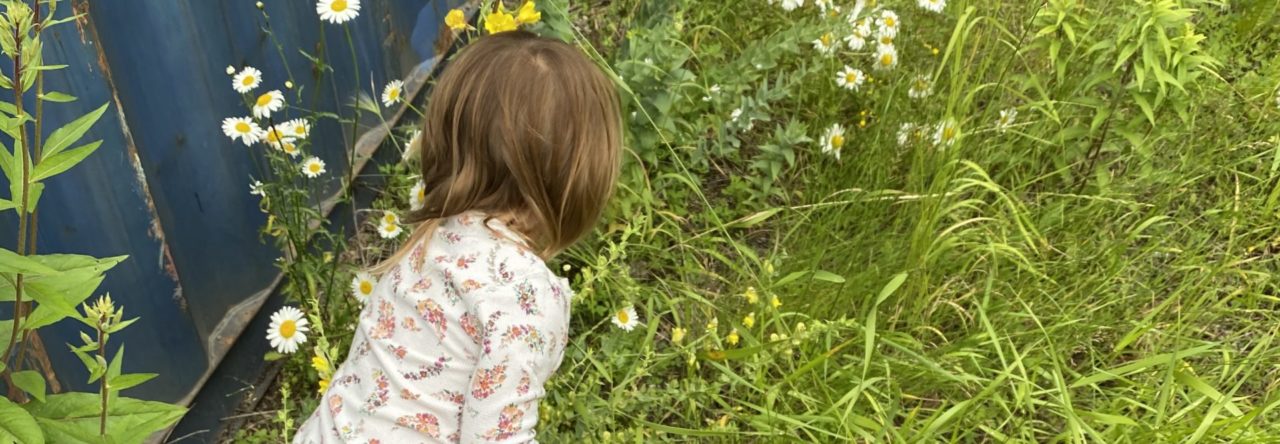In this article, the author focuses on the choreographic process mainly of that for contemporary dance. The choreographic process for contemporary dance is very unique as it involves the main component of body and movement exploratory and thinking outside of the box to create new movements to portray various concepts. There are so many opportunities for new discoveries and creative elements through the use of movement exploration and improvisation.
The goal of a choreographer is to achieve a piece that perfectly encaptures their own artistic vision and accurately executes the concept that the choreographer is wanting to portray. To do this, the choreographers need to channel their vision through the dancer’s and their movement Often times a choreographer will choose dancers and artists to participate in their piece based on their skill, stylistic choice, and their ability to achieve what the choreographer is aiming to do. Dancers may be picked specifically for certain dances and they fit perfectly for one concept or style rather than another. It is important to find a dancer that is the right fit for the piece as they ultimately represent the choreographer (Nahmad and Anduiza, 2015).
The choreographic process is also ultimately a collaboration between choreographers and dancers as I have explained in previous posts. Creating a dance “is a human to human relationship that requires a commitment to shared goals, accountability for success, and sharing of resources, risks, and rewards (Anduiza, 2015)”.
Most often in contemporary dance, the process will begin with an inspiration. Some artists will choose to be inspired by a movement or phrase discovered through exploration or improve while others will draw inspiration from visual artwork, images, or daily societal issues. Some choreographers may also choose to conduct further research on a concept or inspiration through travel, viewing artwork, or listening to music.
The development portion of this process will also vary depending on the choreographer. Some will enter a studio rehearsal knowing exactly what they want while giving specific and direct instruction while others allow phrases and movement to develop through dancer and choreographer collaborative exploration of prompts such as images, music, or words. This approach allows dancers to become part of the creative process and allows all the movement to draw from and become relative to the concept being explored.
After the movement and phrases are built the organization piece takes place. Here the choreographer can build upon, expand, change, or adapt the choreography to better fit and portray the concept that is attempting to be achieved. This may include dynamic or spatial exploration.
Next, the dancer and the choreographer may work collaboratively to create and develop artistry within the piece. Here, the two must develop a bond of trust where the dancer is allowed to take risks and make mistakes within the choreography to explore new dynamics or make their own personal adaptions and the choreographer trusts the thinking of the dancer and they can work together to create the final piece (Nahmad and Anduiza, 2015).
Lastly comes the performance!
Research gathered from https://knightfoundation.org/articles/the-choreographic-process/.
Article by: Melissa Anduiza and Valerie Nahmad January 26, 2015
This process also follows the last process of the three phases as it undergoes the gathering of movements, the development of phrases, and creating the final structure.
This contemporary exploration process is own of my most favourite processes. I love having the opportunity to explore new movement through improvisation. This allows time for personal self-expression for the dancers which further allows for the promotion of mental, emotional, and physical health.
Please enjoy this TED talk on Dance Improv!
Also this video on building contact improv!

Leave a Reply
You must be logged in to post a comment.